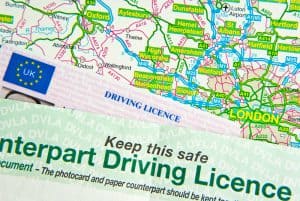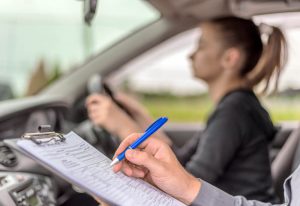Driving Test Success Rate: 5 Surprising Facts about the Best and Worst Places in the UK
More help for you
You wouldn’t necessarily think that you face a postcode lottery when you’re taking your driving test, but when you drill down into official figures from the Driver and Vehicle Standards Agency, the reality becomes shockingly apparent.
Research which looked at success rates over a five-year period showed a crystal clear divide between your chances of passing in rural and urban areas.
5 Facts about Your Passing Chances
- 1
Where Were the Top Five Trickiest Places to Pass?
Well, all of them could be found in one of the UK’s major cities.
According to Privilege, which crunched the numbers, the London suburb of Wanstead had the highest failure rate nationwide between 2011 and 2017 -- with 67.2% of applicants unable to meet the minimum marks for a pass.
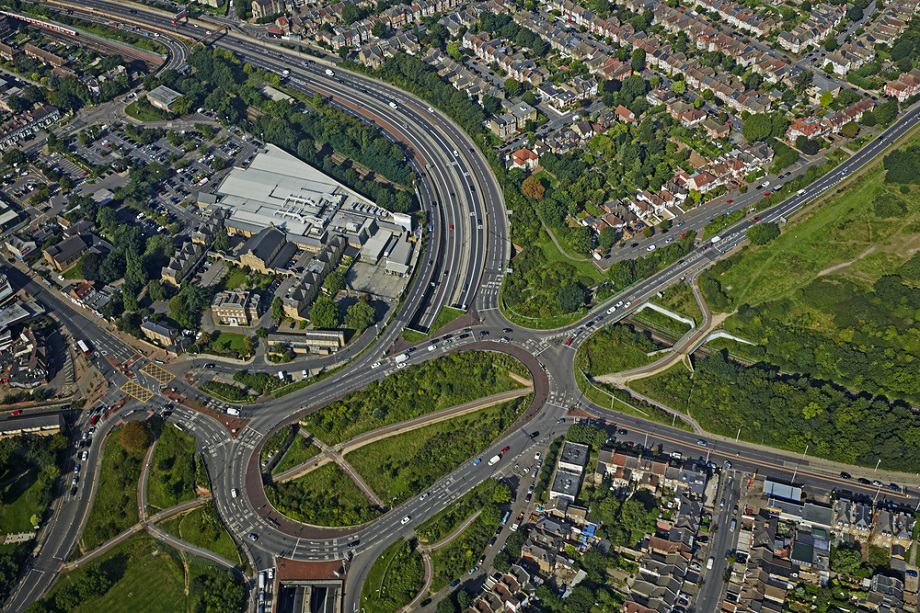
Routes from Wanstead driving centre include some of greater London’s most notorious traffic hotspotsThe Belvedere and Wood Green areas of the capital were little better on 66.9% and 64.8%, learner drivers in the South Yardley part of Birmingham had a 64.7% failure rate, and the London borough of Barking rounded up the worst five with 64.6%.
- 2
Oh My. And What about the Five Easiest Areas?
As you’d expect, they are commonly found in areas where gridlock isn’t too common in the rush hour.
Whereas Wanstead’s embattled motorists had a 67.2% failure rate, learner drivers in the scenic (and quiet) town of Barrow-in-Furness in Cumbria had a pass rate of 66.1% -- so the disparity can be rather startling.
Whitby in North Yorkshire, Llandrindod Wells in Wales, and two remote parts of Scotland -- Lerwick on the Shetland Islands and Fort William in the Highlands -- finished off the best five, each with success rates hovering at about 35%.
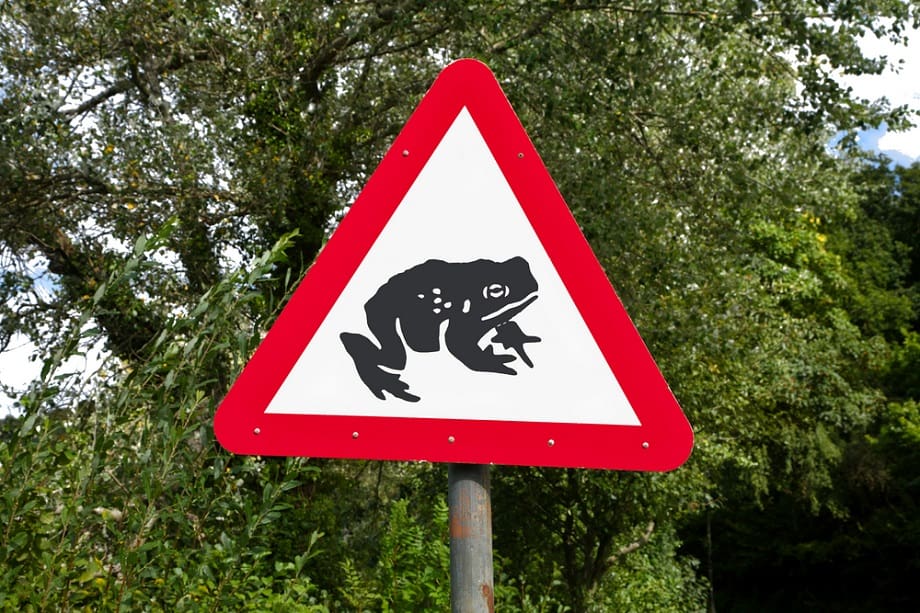
Toads crossing the road in Llandrindod Wells are one of very few hazards you can meet while taking your testSo: why the massive divide? And more importantly, what can you do about it as you prepare for your driving test?
- 3
The Factors Which Make a Driving Test Harder
Even for the UK’s most seasoned motorists, navigating around a city’s roads can be nightmarish. Some of the added challenges a learner driver faces during their test in an urban area include heavy traffic and complicated roundabouts where making sure you’re in the right lane can be an ordeal. Then, on top of all that, there’s the parking -- with spaces both difficult to find and a tight fit.
In contrast, rural areas are quieter and there are fewer potential hazards that a person is likely to encounter during their test. Generally, motorists get more time to prepare for developing situations, and road layouts are a lot simpler.
As you’re only allowed 15 minor faults, it’s perhaps unsurprising that the constant activity faced by city drivers makes getting the chance to rip up that “L” sign all the more difficult.
- 4
How Bulletproof Theory Knowledge Will Help
Of course, you will hopefully be spending plenty of hours getting used to the roads surrounding your local test centre -- irrespective of whether you’re in a bustling city or a sleepy village. This can be vital, as it enables you to anticipate the particular quirks of motorways, dual carriageways and main roads that your examiner might expect you to travel on flawlessly.
But having a thorough and comprehensive knowledge of the theory that underpins UK roads is also going to prepare you for the unexpected. Here are three areas that might be useful to focus on:
- Junctions. You should be confident when emerging at a busy junction and able to spot a sufficient gap in the traffic. Taking blind spots into account -- as well as any motorcyclists who might be using the road -- is also important. Check the following video lesson to help your emerging skills.
- Signals. Any instructor worth their salt is going to be paying careful attention to how you respond to the signals around you. It’s important to react to road signs and traffic lights in a timely manner, as failure to do so can put yourself, other vehicles and pedestrians at risk. Plus, it could also amount to unwanted minors.
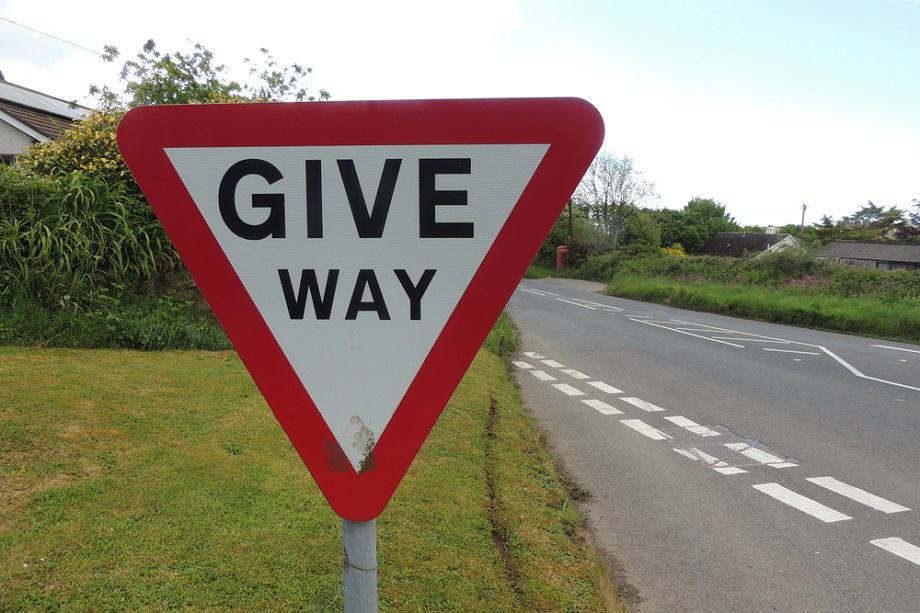
Absence of reaction to this sign might lead to irrevocable consequences - Speed limits. Finally, you should be able to anticipate why speed limits may change on particular roads. It could fall to as little as 20mph in built-up areas near schools, and a stretch of road where you would normally expect to have a 60mph limit may have sharp bends, causing a lower limit of 50mph to be enforced. Making sure you adhere to these limits can be particularly challenging if you’re in a rural area -- as it can be all too easy to get complacent and end up travelling too fast on a quiet country road.
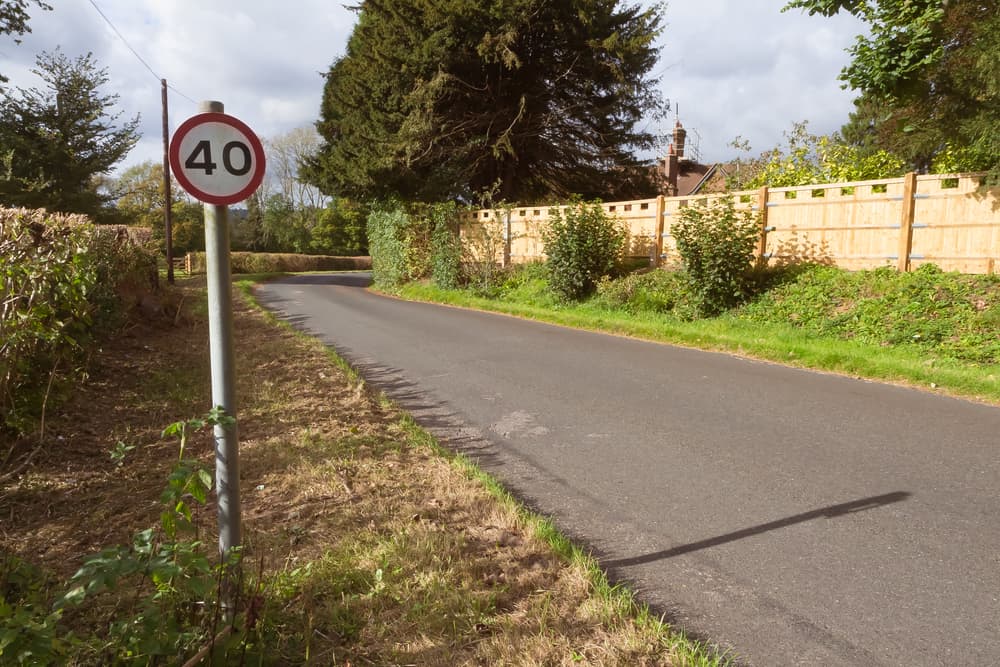
Note that a lot of local councils switch from 60 mph to 40 mph or even slower in rural areas
Don’t forget that you can take practice theory tests on our website.
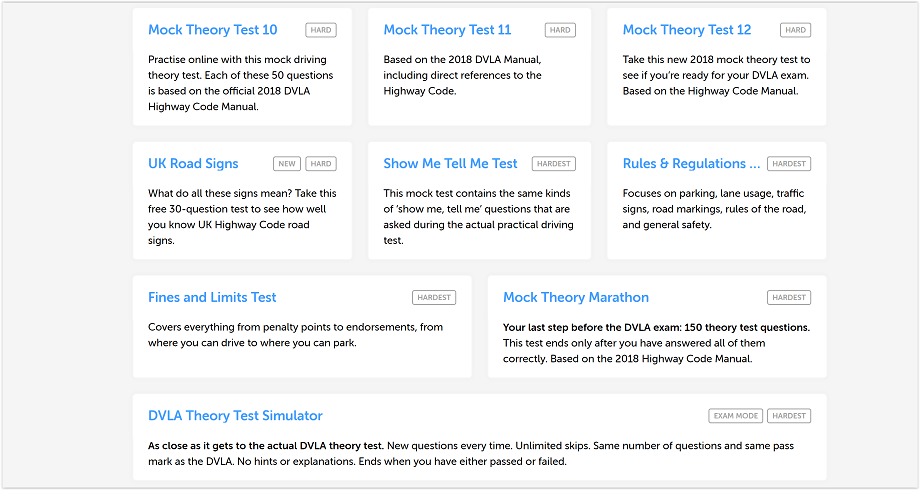
Here’s a selection of the most challenging free mock tests to pass your theory test easily (Driving Mock Tests)
As well as multiple-choice questions which are very similar to the ones you will be asked by the DVLA, we also have quizzes about UK road signs and the fines and limits which can be imposed if you’re caught breaking the rules.

